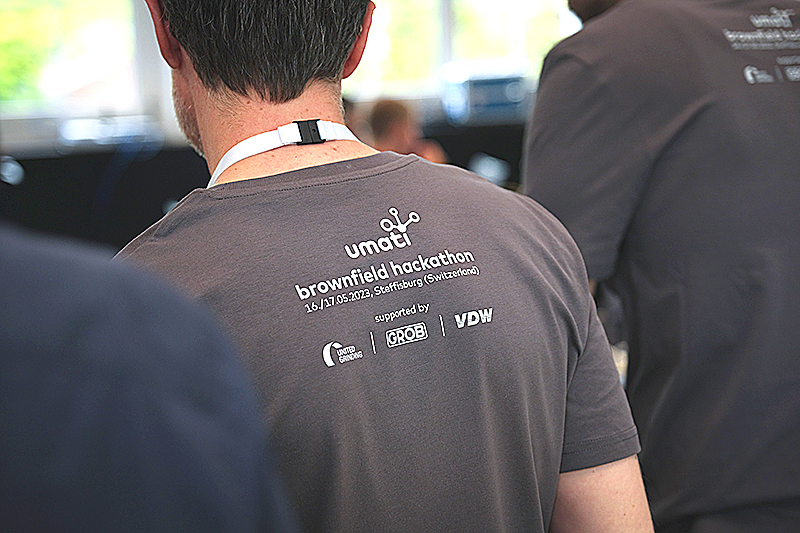The focus of this year’s hackathon was on expanding the connectivity of older generations of existing machines using umati. The experts met at the cylindrical grinding machine specialist, Fritz Studer AG, a company of the UNITED GRINDING Group.
After 2022, it is the second such event this year, it took place in May in Steffisburg, Switzerland, at Fritz Studer AG, the cylindrical grinding machine specialist of the UNITED GRINDING Group. “As the host of this event, we enable a creative platform that brings developers from different companies together — not for their own purpose, but always with a focus on specific customer benefits”, says Christian Josi, head of digital engineering at the UNITED GRINDING Group. We are big proponents of umati and have supported the initiative since day one.
umati stands for “Universal Machine Technology Interface” and aims to introduce a universal manufacturer-independent data interface for machines based on OPC UA. Thanks to this interface, machines on the shop floor can communicate with each other and with their production environment in a uniform language. This uniform language can only be developed in cooperation with the various machine manufacturers. Around 310 partners from all over the world are now involved in umati. All of them share the goal of making their customer’s work lives easier and increasing productivity in production by harnessing the potential of digitalization. This is achieved with umati through the implementation of the OPC UA communication and interface standard, which can now be used for a wide range of machine tool applications through numerous sub-specifications, so-called companion specifications.
The focus of the most recent hackathon was on the integration of existing machine tools using the OPC 40501 “UA for Machine Tools”. While new machines are predominantly equipped with the integrated umati standard today, there is great potential in existing machines, known a “brownfields”. The importance of “brownfield” is so significant because machines in general, and machine tools in particular have a long service life, and several machines of different years of manufacture can often be found in one production. At the hackathon, the experts impressively demonstrated that umati is also suitable for existing machines — regardless of the year of manufacture and the brand.
Another showcase from the hackathon in Steffisburg was the implementation of the first standardized energy consumption data of the “Energy Monitoring” expansion of the OPC 40001 “UA for Machinery”, which is currently under development. Electrically and pneumatically operated consumers provided their values in a uniform language on the data interface. This further development is an example of how umati does not stand still but makes advancements and adapts to constantly changing customer needs.










